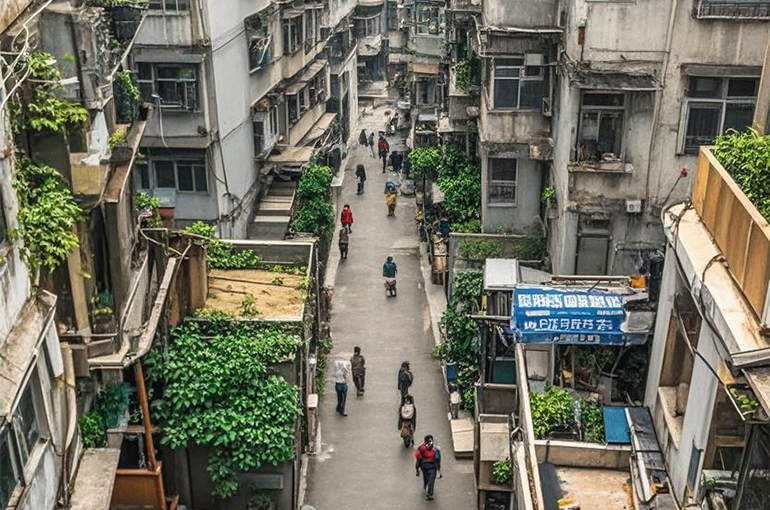 Pre-Owned Homes Emerge as Key Driver in China’s Real Estate Market, UBS Says
Pre-Owned Homes Emerge as Key Driver in China’s Real Estate Market, UBS Says(Yicai) Jan. 15 -- The second-hand housing market is gaining importance in China and becoming the main driver of the country’s property market, particularly in core urban areas, according to a report titled Outlook on China’s Real Estate Sector by Swiss banking giant UBS.
By value and floor area second-hand home sales will climb this year, with their market share continuing to grow, John Lam, the report’s author and head of China real estate research at Zurich-based UBS, said at a media briefing yesterday.
Overall, the country’s real estate sector should stop declining and level out this year, Lam said, adding that new home sales may fall, though at a slower pace than in 2024.
Sales of pre-owned homes accounted for half of all real estate transactions nationwide last year, according to Lam, while in the bigger first- and second-tier cities, they accounted for as much as 70 percent of sales.
In developed countries such as the United States and Japan, second-hand home sales account for between 70 percent and 80 percent of all residential property transactions, Lam noted, adding that this shows there is still room for China’s lived-in homes market to grow.
There are a number of factors spurring the rise of the second-hand housing market, Lam said. One is the fact that over the past three years, house prices have fallen. This means that with the same budget, homebuyers can afford to purchase a house in downtown areas where there is a limited supply of new homes and where there are mainly pre-owned properties on the market.
Another factor is that home owners can more easily adjust asking prices according to market conditions, whereas developers face great pressure when it comes to lowering prices, Lam said. Recent defaults on the delivery of pre-sold new homes and the quality being below expectations are also reasons why more people are choosing to buy second-hand properties, he said.
In the future, house prices will be closely linked to the rent-to-price ratio, a measure of the price of a property to the amount of rent it can generate, Lam said. Interest rates are sliding, and they may reach a point where the rental yield is equal to the financing costs. The government’s plan to buy unsold housing stock and create strategic reserves also takes the rent-to-price ratio into consideration, he noted.
The four first-tier cities of Beijing, Shanghai, Shenzhen, and Guangzhou have a limited amount of new apartments available. Data on pre-owned homes and rentals can better reflect the underlying supply and demand dynamics in the residential market, Lam said.
Sales of newly built homes in 100 cities tumbled 23 percent last year to CNY4.7 trillion (USD641 billion), while the floor area sold sank 24 percent to 240 million square meters, according to data from the China Residence Information Circle. Of that, second-hand home sales increased to almost 60 percent of transactions in 30 cities from around 20 percent in 2021.
Editor: Kim Taylor